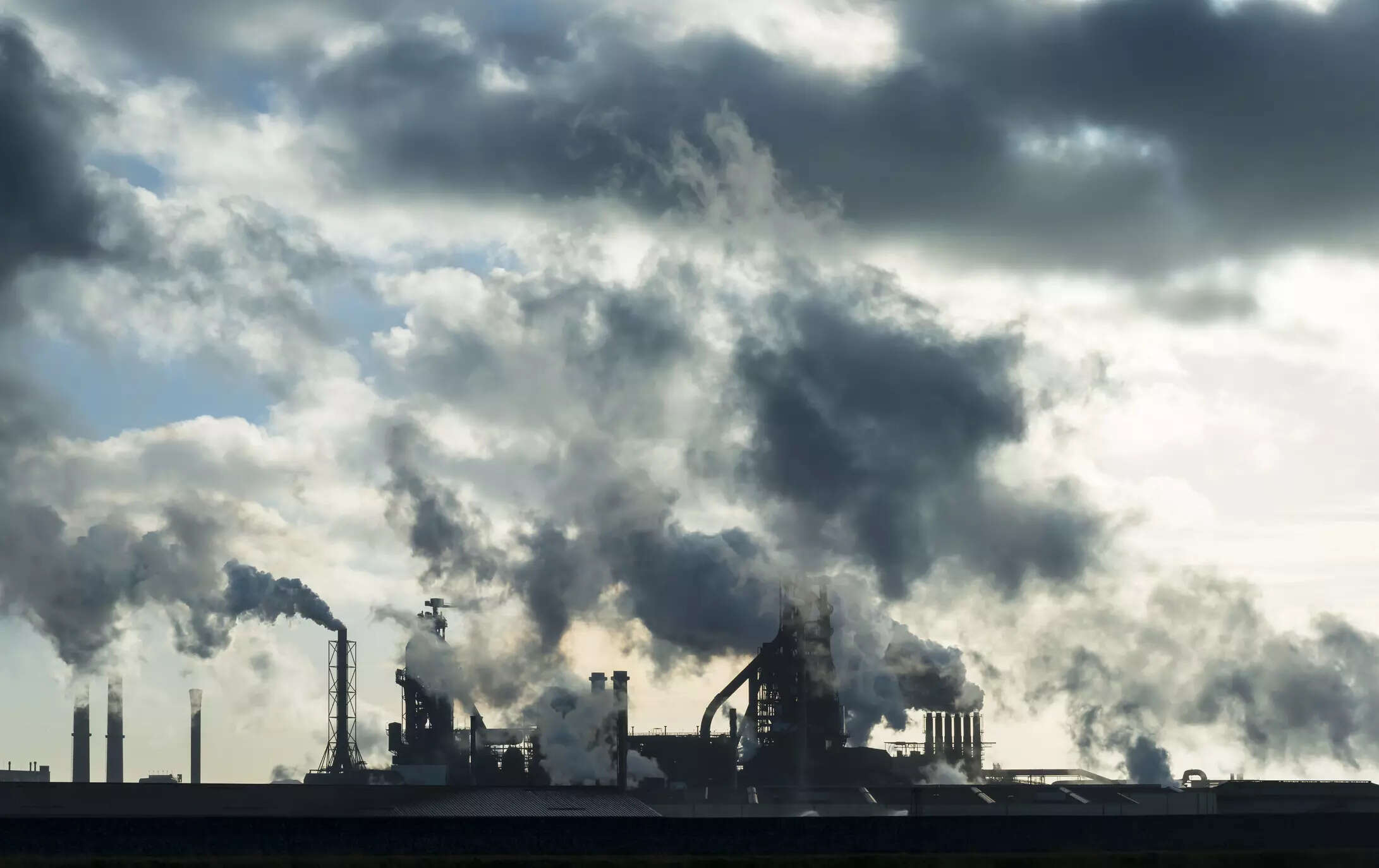
Canada‘s 2021 carbon emissions were 8.4% lower than 2005 levels, a government report showed on Friday, although they rose from 2020 when the COVID-19 pandemic kept people at home and depressed economic activity.
Canada, the world’s fourth-largest oil producer, is aiming to cut emissions 40-45% below 2005 levels by 2030.
Greenhouse gas emissions were 670 megatonnes in 2021, an increase of 1.8% on 2020 levels as pandemic restrictions eased and the economy picked up, according to the annual national inventory report, which Canada submits to the United Nations.
But emissions remained 7.4% below pre-pandemic levels. The government attributed the progress to factors including fuel switching, modernizing industrial processes and growth in the clean economy.
“Canada’s latest greenhouse gas emissions data gives an encouraging picture of progress,” federal Environment Minister Steven Guilbeault said in a statement. “The slight emissions rebound after the pandemic is smaller than originally expected.”
Guilbeault said the data showed Canadian economic growth was getting cleaner as greenhouse gas pollution decoupled from national gross domestic product. The emissions intensity of the entire economy has dropped 42% since 2005.
The report showed emissions from Canada’s two highest-polluting sectors, the oil and gas industry and transportation, rose by 4% and 5% respectively between 2020 and 2021 as travel increased and fossil fuel production grew.
The two sectors combined now account for half of all Canada’s emissions.
Over the same time period emissions from electricity, buildings and agriculture declined slightly.
Dave Sawyer, principal economist for the Canadian Climate Institute, said the latest report showed clear progress on Canada’s emissions goals and that government decarbonization policies were having an impact.
“It’s the first time we are seeing evidence of policy biting across a number of sectors,” Sawyer said.

